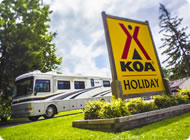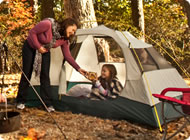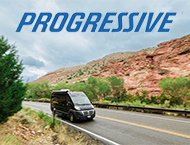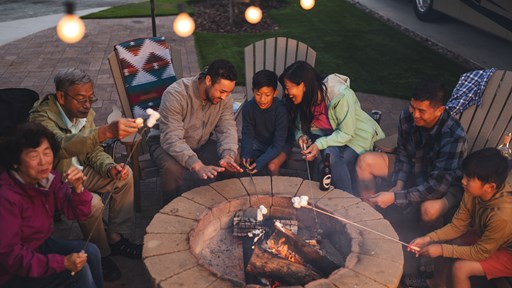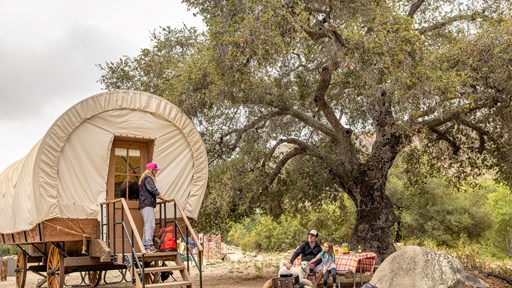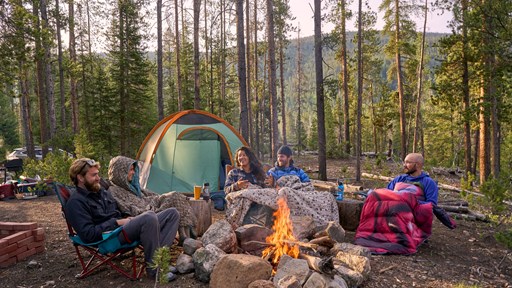At its core, camping is accessible, affordable, and fun. That said, camping is not intuitive. From attracting unwanted visitors to accidentally starting a forest fire, a lot can go wrong. But that doesn’t mean camping has to be intimidating. Armed with the right information, you’ll be ready for this beloved form of recreation in no time, even if it’s your first time. After all, between YouTube, TikTok, and old-fashioned books (remember those?), there are plenty of resources out there with camping tips. Of course, camping in the summer requires doing a little more homework. This is when campgrounds can be as crowded as grocery stores the day before Thanksgiving, fuel prices can be higher than a valedictorian’s GPA, and fire restrictions can pop up faster than a Whack A Mole on Redbull. But trust us, you’ll still want to pitch that tent or rent that RV (and renting will probably turn into purchasing). With that in mind, below are nine summer camping tips for new campers.
Essential Tips for First-Time Summer Campers

1. Book Early
Trying to find an open campsite between Memorial Day and Labor Day can be harder than trying to find a gas station that still rents VHS tapes. Because summer is peak camping season—last year more than 80 percent of Americans hit the road during these months—you’re going to have a lot of competition for campsites, especially on weekends. Fortunately, most KOAs let you book several months in advance and are located across the U.S. and Canada. If you’re hoping to get a national park campsite, your best bet is to check out Recreation.gov or consider staying at a campground outside the park. This year, summer reservations for most national park campsites opened up in January.

2. Use the Weekdays to Your Advantage
It’s no secret that camping tends to be busier on the weekends. If possible, consider booking your camping adventure during the week. Not only will this give you more choice in terms of location and campsite, but you’ll also be able to enjoy nature with fewer people around. It’s also worth noting that some campgrounds may have lower rates or special discounts for campers who stay Monday through Friday.

3. Arrive Early
Many campgrounds, including national park campgrounds, designate a certain number of sites as first-come-first-served. If your schedule doesn’t allow you to book far in advance, and you’re going to take a chance on scoring one of these coveted sites, arrive at the campground as early in the day as you can. Introduce yourself to the campground host, and cross your fingers they can hook you up. Many private campgrounds, like KOAs, do offer last-minute or even same-day reservations. It’s best to call ahead to the campground in this situation.
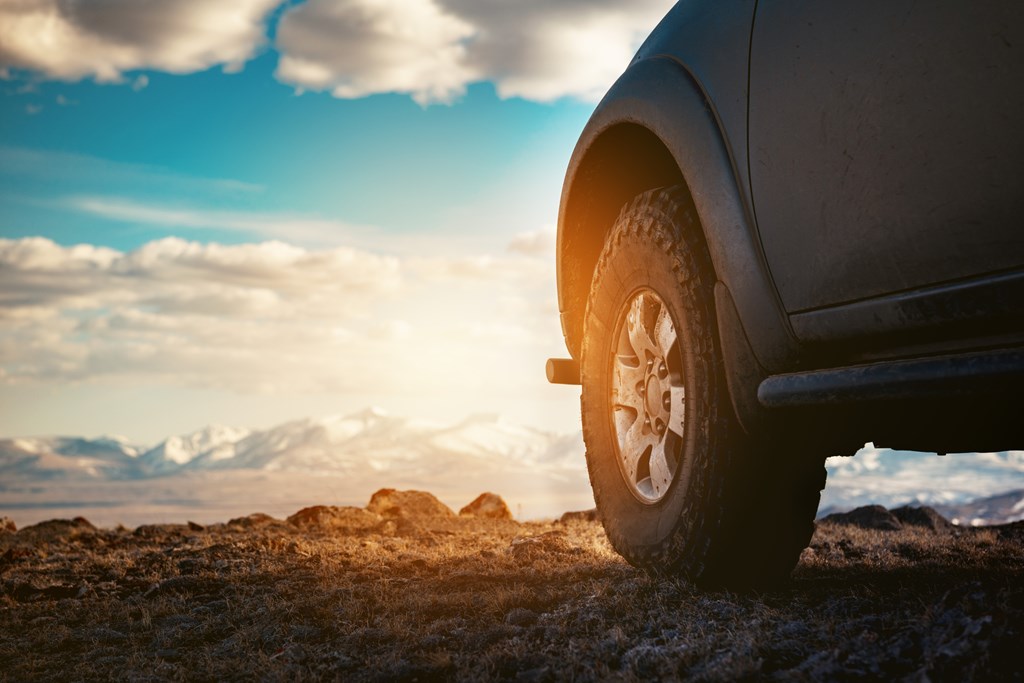
4. Properly Inflate Your Tires
It’s not uncommon for asphalt to reach insanely high temperatures, such as 145℉, during the summer months. Obviously this is dangerous for pets, but it’s also not good for your tires. Make sure you have your summer tires on—winter tires aren’t made for the heat—and properly inflate them to avoid a blowout. This will also improve your fuel economy. Finally, try to park in the shade if you can.

5. Check for Fire Restrictions
Much like you should check the weather before you head out for the weekend, you should also see if there are any fire restrictions for the area where you’ll be camping. The best way to do this is to simply do a Google search. If there is a restriction, it will probably be classified as a stage. For example, in a Stage 1 US Forest Service fire restriction you can have a fire as long as it’s in a Forest Service-provided steel ring. But in Stage 2, you can’t have any fires. Similarly, along with restrictions on campfires, there may be bans on fireworks, shooting, smoking, and even using chainsaws.

6. Make Sure Your Fire is Out
If you’re lucky enough to be camping in an area without a burn ban, it’s important to watch your campfire like your dog watches you when you’re making dinner. Most importantly, make sure it’s completely extinguished before you leave—even if it’s just to head to the camp store for more marshmallows. According to the US Forest Service, who has these tips for preventing campfires from turning into wildfires, “If it’s too hot to touch, it’s too hot to leave.”

7. Be Bear Aware
From The Washington Post to KTLA, many news outlets are reporting that bear encounters are on the rise. Even if you camp in an RV or a cabin, it’s important to be mindful of these part-time predators that snooze through the winter. That’s why they’re so active in the summer; they have to find food to sustain themselves. The Be Bear Aware Campaign has lots of helpful information, including tips for storing food, what to do if you encounter a bear on the trail, and even how to photograph them from a distance. Pro tip: don’t make eye contact with them: even through a lens. While you won’t encounter this danger at many camping locations, it’s still a good idea to be aware of the wildlife you could encounter.

8. Expect to Pay More for Fuel
Fingers crossed that this year is different; but historically, gas prices are higher during the summer. This is because there’s an increase in demand—as more Americans hit the road—and gas stations are switching to their summer blends which are more expensive to produce. While there’s a limit to what you can do to bring prices down, here are some ingenious tips for saving money on fuel, according to full-time RVers. For example, use a loyalty card to get rewards, or don’t. Some gas stations offer a $.05 discount per gallon if you pay with cash. It may not seem like much, but it adds up.
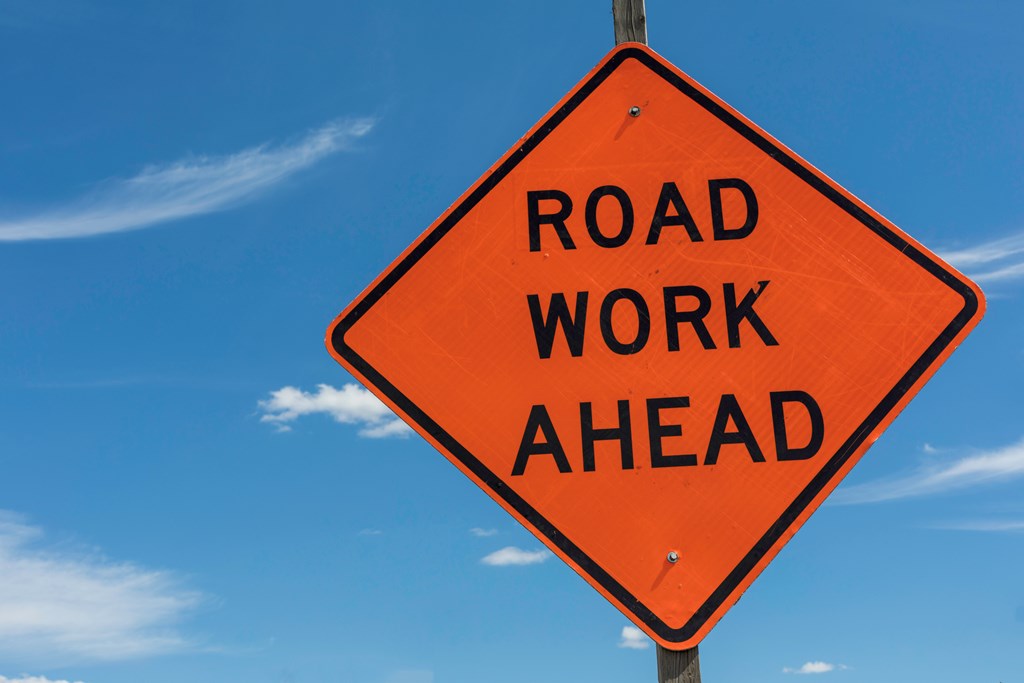
9. Plan for Construction
Summer is the season of swimsuits, flip flops, tank tops, and hardhats. Whether you’re driving in the city or on the interstate, plan to see plenty of “Work Area Ahead” signs. It may get frustrating—having to wait at one-ways or slow down to 20 mph—but keep in mind that these workers are making the roads better, and safer, for future you. That said, If you want to avoid them, download Waze or another app that will help you plan your route around construction zones, heavy traffic, and other delays.
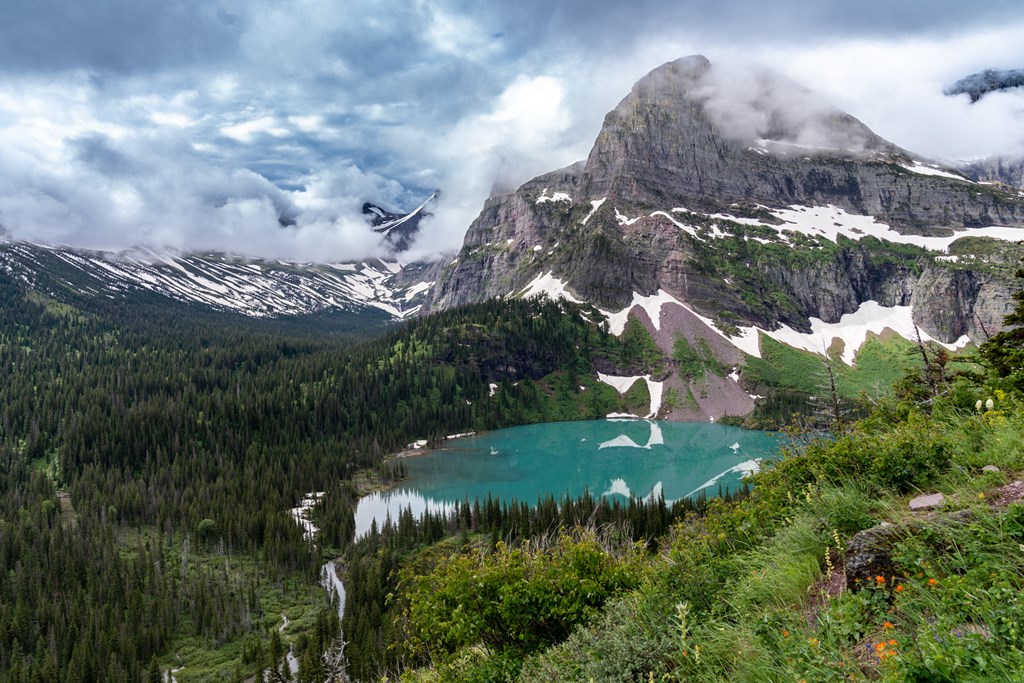
10. Make Reservations for National Parks
The past few years have been record-breaking, in terms of visitors, for many national parks. While it’s great that more Americans and international travelers are visiting our public lands, it’s led to a reservation system for Glacier, Rocky Mountain, Yosemite, and Arches National Parks. To visit these iconic parks, you’ll need a ticket, usually good for a period of time, which you can purchase at Recreation.gov. Do not show up and try to purchase a ticket from a park ranger! The good news is that these tickets are free. You just have to pay a $2 processing fee.
 Katie Jackson is a writer and media specialist based in Montana’s Big Sky Country. Living and working everywhere from New York to Nicaragua, Katie is no stranger to adventure. When she’s not traveling the world (or writing about it!) she’s busy chasing after a Leonberger named Zeus. Follow Katie’s travels on Instagram @katietalkstravel.
Katie Jackson is a writer and media specialist based in Montana’s Big Sky Country. Living and working everywhere from New York to Nicaragua, Katie is no stranger to adventure. When she’s not traveling the world (or writing about it!) she’s busy chasing after a Leonberger named Zeus. Follow Katie’s travels on Instagram @katietalkstravel.






